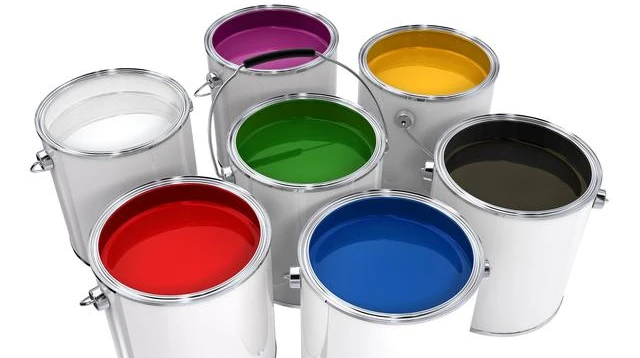Can I add pigment to acrylic paint?
Acrylic paint pigments are suitable for mixing with other pigments. Take gouache pigments for example. Generally, the suitable proportion is about one-third, which may be adjusted as appropriate. The content of acrylic paint pigment must be larger than that of gouache pigment. Otherwise, the color will be dull and easy to fade.
What do you mix pigment with to make acrylic paint?
According to the weight percentage (polypropylene white mineral oil: 49%; titanium dioxide: 35%; light calcium carbonate: 15%; triethanolamine: 1%), add titanium dioxide first and then light calcium carbonate while stirring white mineral oil. When all solid powders are wet, add triethanolamine. Stir them for about half an hour, and grind the mixture with a three-roll grinder into white paste.
Prepare black paste with polypropylene white mineral oil (54%), carbon black (20%), light calcium carbonate (25%) and triethanolamine (1%).
Prepare blue paste with polypropylene white mineral oil (49%), pigment blue (25%), light calcium carbonate (25%) and triethanolamine (1%).
Prepare red paste by adding the paint pigment red and yellow paste by adding the pigment yellow, according to the same procedures as those for the preparation of blue paste.
Gradually reduce the roll pitch during griding with the three-roll grinder. Especially for carbon black, which is not easy to wet, apply the roll pitch of about 1mm in the first grinding step to fully wet it. Reduce the roll pitch in the second grinding process. After grinding for several times, conduct scraping with a fine scraper until the fineness is 3-5 microns.

What are the functions of acrylic pigment paint?
Decorative Function:
Acrylic paint pigments can provide an aesthetically pleasing and durable surface decoration. Their excellent material properties allow them to display a variety of colors and textures, suitable for application on different material surfaces.
Protective Function:
Acrylic paint pigments also serve a protective role, safeguarding the coated material’s surface from the impact of chemical, oxidative, and environmental factors such as sunlight and rain. Additionally, acrylic coatings provide a protective layer, enhancing the durability and strength of the material.
Environmental Protection Function:
The components in acrylic paint pigments are mostly derived from natural substances, exhibiting low volatility and low pollution characteristics, meeting the modern demand for environmental protection.
What are the uses of acrylic pigment paint?
Architectural Decoration:
Acrylic paint pigments can be used for the painting of building exteriors, interior walls, and floors, providing effects such as waterproofing, insulation, mold resistance, and moisture resistance. Moreover, acrylic coatings perform well in providing long-term protection for buildings.
Automotive paint pigment:
Acrylic paint pigments are applicable in automotive painting, offering protection and decorative effects, enhancing the style and aesthetics of vehicles. In the automotive coating sector, acrylic coatings also exhibit excellent performance in terms of durability, corrosion resistance, and anti-oxidation.
Furniture and Appliance Industry:
Acrylic paint pigments find utility in the painting of furniture, appliances, toys, and other areas. They protect surfaces from chemical corrosion and physical damage, providing an attractive decorative effect.
In summary, acrylic coatings possess multiple functions, including aesthetics, protection, and environmental friendliness. Their application areas are extensive, meeting the painting needs of various sectors such as construction, automotive, furniture, and appliances.
Pigment for Paint Uses
Continue Reading



